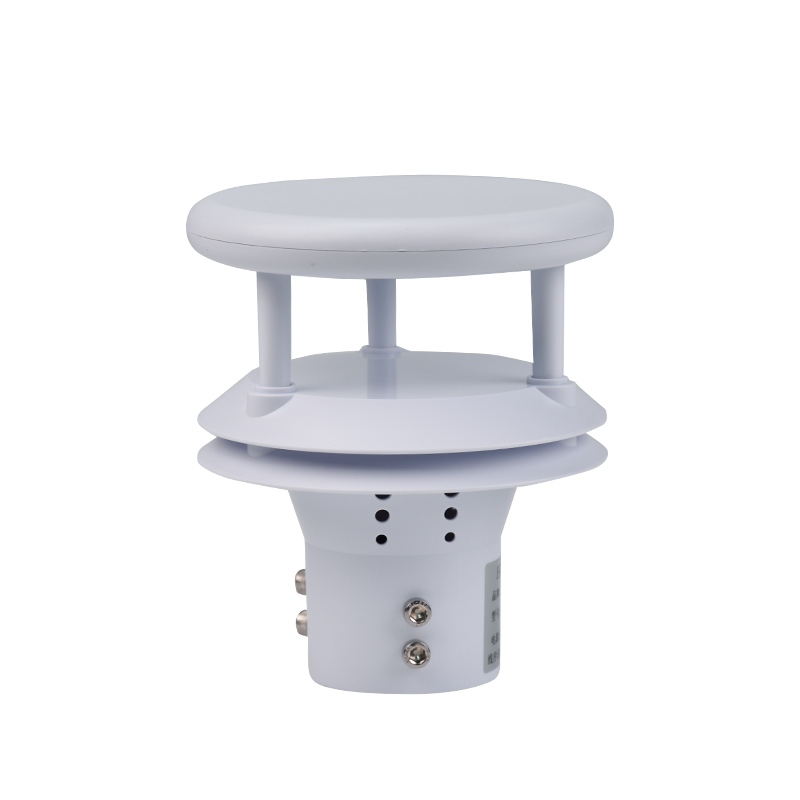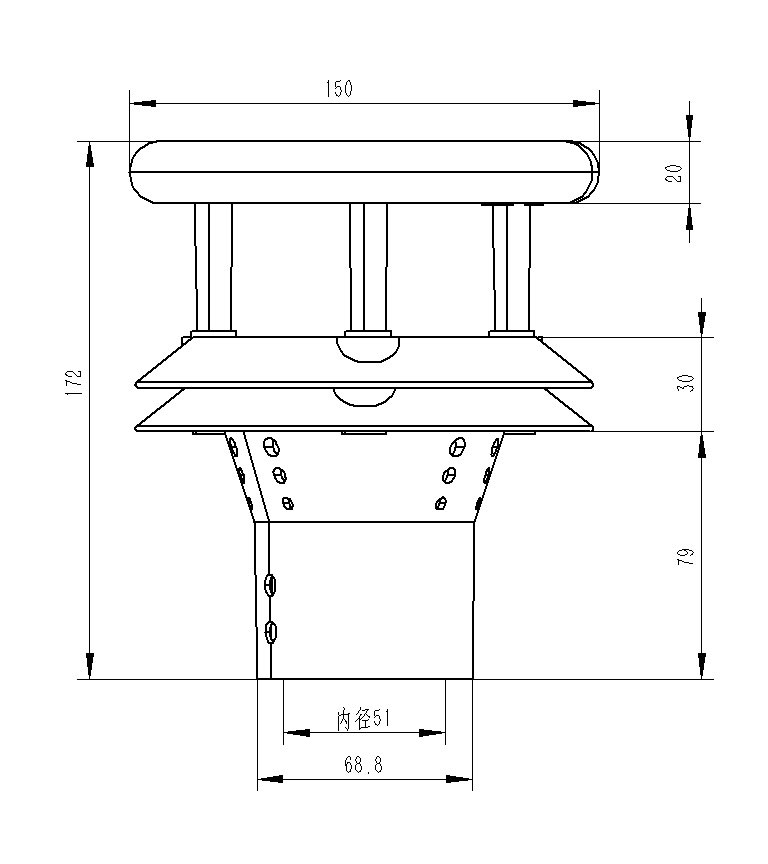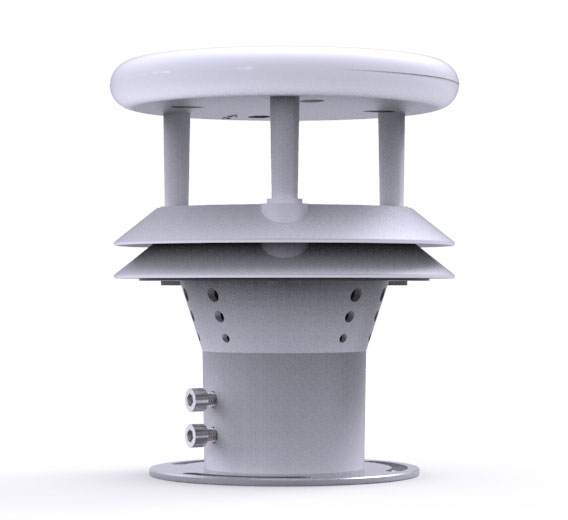Tianyi Sensor IOT Technology Co., Ltd
Sales Manager:Ms. Emily Wang
Cel,Whatsapp,Wechat:+86 15898932201
Email:info@fengtutec.com
Add:No. 155 Optoelectronic Industry Accelerator, Gaoxin District, Weifang, Shandong, China

Sales Manager:Ms. Emily Wang
Cel,Whatsapp,Wechat:+86 15898932201
Email:info@fengtutec.com
Add:No. 155 Optoelectronic Industry Accelerator, Gaoxin District, Weifang, Shandong, China

Model:FT-Y1
Brand:tianyi
1.Product overview of piezoelectric rain sensor
piezoelectric rain sensor is more sensitive and faster than traditional mechanical rainfall detection methods and can accurately measure real-time rainfall.The piezoelectric rain sensor uses PVDF piezoelectric film as a rain sensing device, and uses an embedded AI neural network to distinguish raindrop signals to avoid mistriggering caused by interference such as gravel, dust, and vibration.
It is widely used in meteorological environment monitoring, hydrological and water conservancy comprehensive monitoring stations, traffic road monitoring, agriculture, forestry, wind power generation and other relevant departments to remotely measure precipitation, precipitation intensity, and precipitation start and end time.It is used for automatic hydrological measurement and reporting systems, automatic field measurement stations, etc.for flood control, water supply scheduling, and water situation management of power stations.
2.Functional features of piezoelectric rain sensor
1.Integrated design, beautiful appearance
2.No mechanical accessories and no exposed parts, which can filter similar signals introduced by environmental factors such as leaves, dust, insects, etc.
3.High measurement accuracy, wide range, good stability performance, low power consumption, strong resistance to external interference
4.Can work around the clock, not affected by weather changes, and monitor rainfall duration accurately in seconds
5.Maintenance-free, the contact surface of the raindrop is an arc-shaped design structure, and does not store rainwater.
6.It has automatic horizontal calibration function after installation, no on-site calibration is required
7.Small size, easy to carry, disassemble and install
3.Piezoelectric rain sensor technical parameters
| Measurement range | 0-4mm/min |
| Measurement accuracy | ≤±4% |
| Resolution | 0.01mm |
| Sampling frequency | <1S |
| Communication interface | RS485 |
| Communication protocol | MODBUS |
| power supply | DC12V |
| Power consumption | 0.12W |
| Operating temperature | -40~85℃ |
| Working humidity | 0~100%RH |
4.Piezoelectric rain sensor product size diagram

5.Piezoelectric rain sensor product structure diagram

6.Things to note about piezoelectric rain sensor
1.The radius of 1 meter around the sensor level is not blocked to avoid the influence of water droplets.
2.The sensor installation position should avoid strong mechanical vibration sources
3.The sensor should be installed in an open area, and raindrops should drip directly to the sensor, and should be avoided from secondary dripping and continuous water flow impact.
As a professional monitoring tool specifically designed for the efficient operation of photovoltaic (PV) power plants, the Photovoltaic Weather Station features functional design, parameter selection, and data application that are deeply tailored to the actual needs of PV scenarios. It serves as a c...
To meet the needs of air pollution prevention and control, environmental protection authorities require more refined and efficient air quality supervision. However, traditional national standard monitoring stations, despite providing high data accuracy, face limitations such as high construction cos...
In water monitoring work, chlorophyll measurement is a crucial part. As the core substance for photosynthesis in aquatic plants, the chlorophyll content can directly reflect the quantity of phytoplankton in the water. By measuring chlorophyll, staff can determine the degree of water eutrophication —...
In today's fast-paced life, people are paying increasing attention to health. Taking leisure vacations at scenic spots has become the first choice for many to relax their minds and bodies and get close to nature. And negative oxygen ions, an invisible yet significant substance in scenic spots, a...